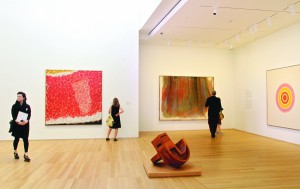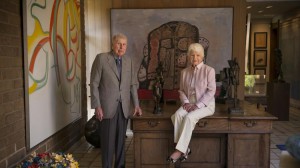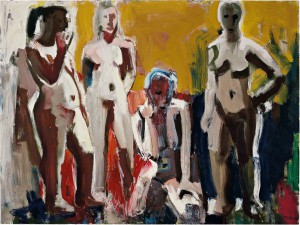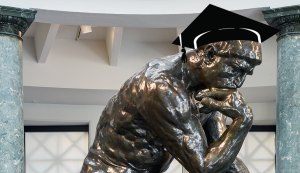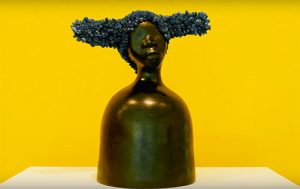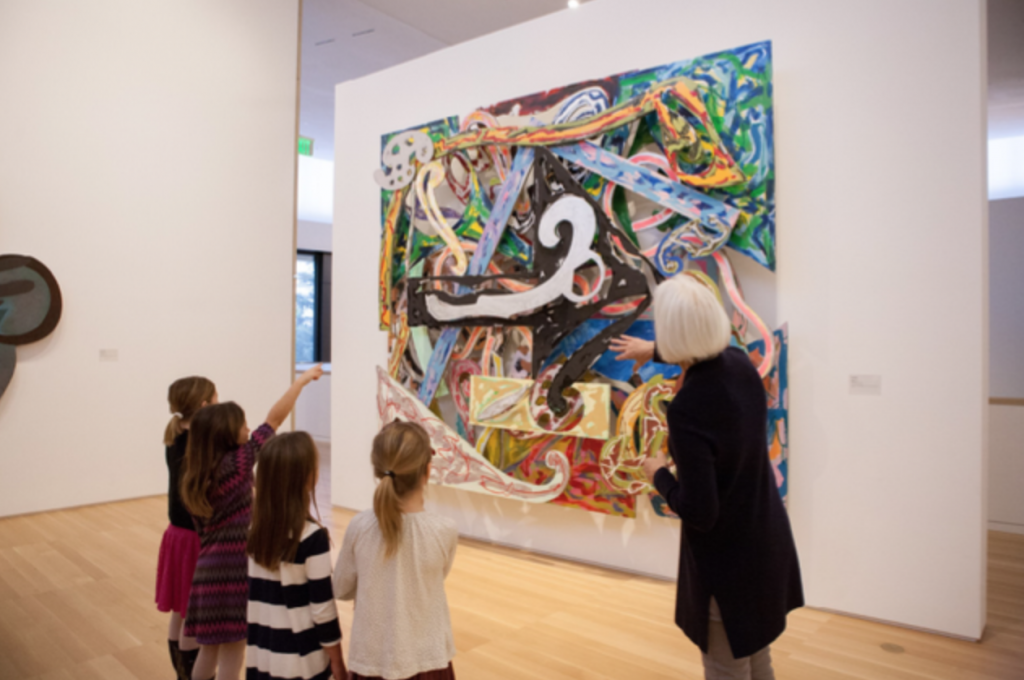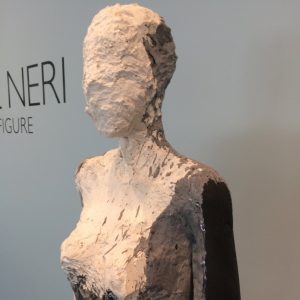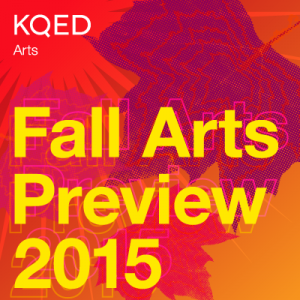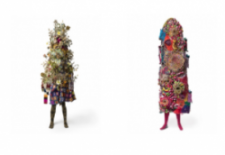A private art collection becomes a Stanford collection on Sunday, Sept. 21
…ck (1990) Ad Reinhardt: Abstract Painting (1966) Mark Rothko: Untitled – Black on Gray (1969) and Pink and White over Red (1957) David Smith: Timeless Clock (1957) Frank Stella: Zeltweg (1981) Clyfford Still: 1957-J No. 1 (1957) Wayne Thiebaud: Candy Counter (1962) Media Contact Aimee Shapiro, Anderson Collection at Stanford University: (650) 721-6105, aimees@stanford.edu Robin Wander, Stanford Communications: (650) 724-6184, robin.wander@stanfo…




